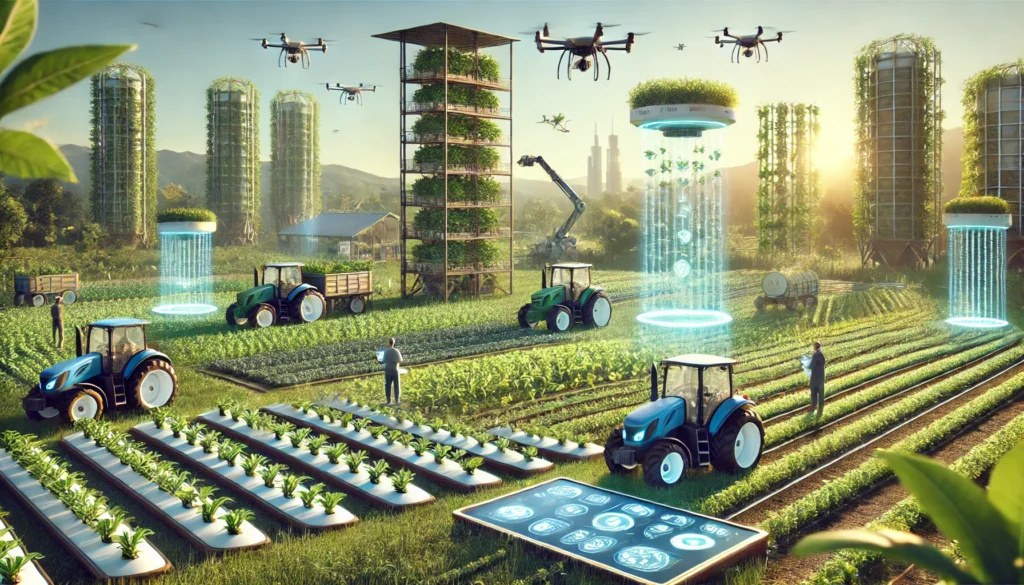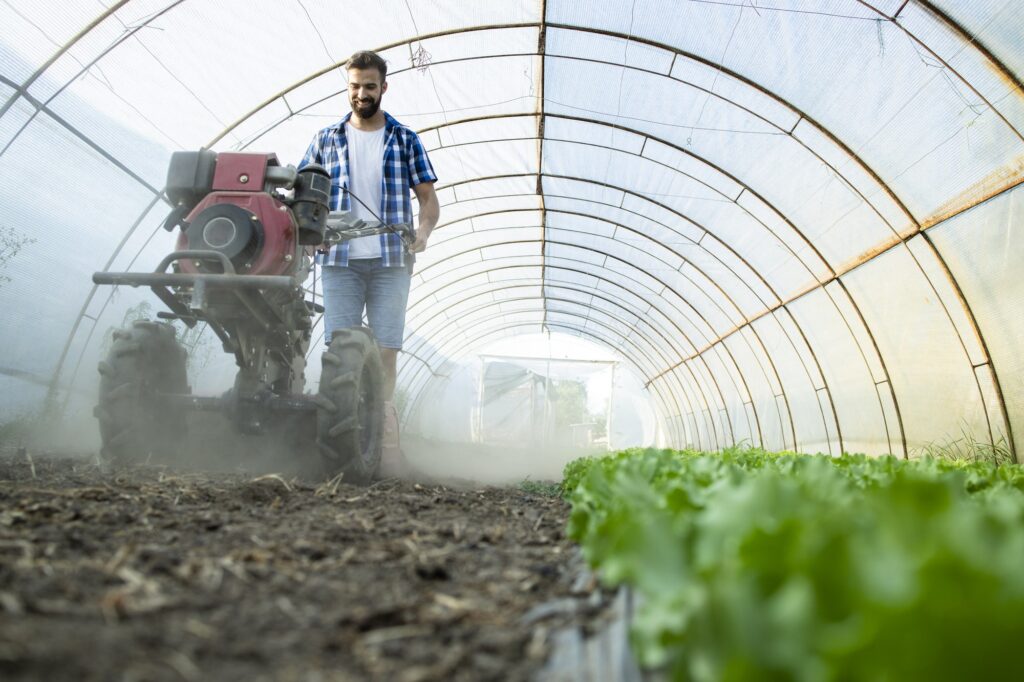Precision farming is transforming the agricultural landscape, blending cutting-edge technology with traditional practices to create a more efficient, sustainable, and productive system. This advanced approach leverages tools like drones, sensors, GPS, and artificial intelligence (AI) to monitor and manage crops with unprecedented accuracy. Farmers no longer need to rely solely on intuition or blanket methods; instead, they can make data-driven decisions tailored to the specific needs of their fields.
Drones, for instance, soar above farmlands, capturing high-resolution images that reveal crop health, pest infestations, or nutrient deficiencies. These aerial insights allow farmers to pinpoint problem areas rather than treating entire fields with pesticides or fertilizers, reducing waste and environmental impact. Ground-based sensors complement this by measuring soil moisture, temperature, and nutrient levels in real time. When paired with AI, this data becomes actionable—software can predict the best planting times, optimize irrigation schedules, and even forecast yields with remarkable precision.
The benefits extend beyond efficiency. Precision farming supports sustainability by minimizing resource use. Water, a critical and often scarce resource, is conserved through targeted irrigation systems that deliver just the right amount where it’s needed. Chemical use drops as well, protecting local ecosystems and reducing the carbon footprint of farming operations. For smallholder farmers, especially in developing regions, affordable precision tools—like mobile apps tied to satellite data—level the playing field, offering access to insights once reserved for large-scale operations.
Challenges remain, of course. High initial costs for equipment and training can deter adoption, and reliable internet access is a must for real-time data integration, which isn’t always available in rural areas. Still, as technology becomes more affordable and infrastructure improves, precision farming is poised to redefine agriculture. It’s not just about feeding today’s population—it’s about ensuring food security for tomorrow’s world.


